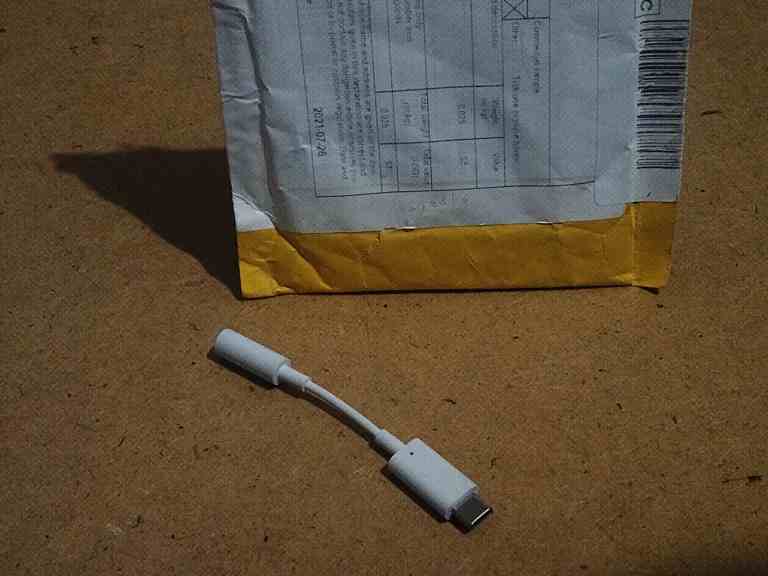Google V1 review

Throughwork
Google market this amplifier for the Google Pixel etc. Research says it’s a first generation amplifier, identifiable by the larger plug with the pinholes. It was deprecated maybe four years ago. Let’s see, shall we?
Contents

Build
For what it is, it’s good quality. Chunky for a modern cable. It’s rubberised over plugs and cable. Between the size and rubber it feels very robust. Entirely white, aside from the chrome plug inserts. Obviously a good style for a Google Pixel device, but may not suit most mobile phones, which are black or dark gray.
Sound
The V1 is an amp that deliberately drops volume—usually it is passable, when tricked it has a massive volume boost. Timing is outstanding, especially on messy or piano passages. Swells are no issue. Has a good frequency range. Seems slightly boosted, or a spot clarity, round vocal ranges. Detail is good. Instruments have good colour and bass color is less prone to wandering. But the treble is grainy and drained of colour. Positions are reasonable and spacious.
The Google is good for for orchestral music where the scale comes through and the detail shows. For rock and pop it’s outstanding for the rhythm, but the treble emphasis can unbalance the drive of rock and pop tracks. These marks do not show as badly on less constricted sounds. It is good for soundtracks, a little taste of that big sound.
Spec
| chip | Realtek ALC4021 |
| bitsize/rate | (unofficial) 24Bit/48kHz |
| features | |
| accessories | |
| support |
Assess
I must warn you, none of this review applies to the Google Version 2. That device is a rebuild. And I’m reviewing in general, not for Google Pixel use.
That said, the rubberized coating is a big manufacturer trick, and the whole device feels outstandingly robust. I can’t think of a single aspect of sound on cheap phones the Google does not improve. If tricked the V1 gives a hefty volume boost with good range. It’s also outstanding at locking onto rhythm and handling swells, which is what orchestras and rock need. If there are limitations it is in the way the V1 goes grainy in treble. And the spot clarity near the vocal sounds—you could argue that may be intended, but this amp can be near‐tinny.
As far as people have deduced (the details are unpublished) the V1 reduces every source to one basic spec. The treble performance seems to suggest a crude digital/analogue conversion. So, the V1 is near‐ideal, but…
